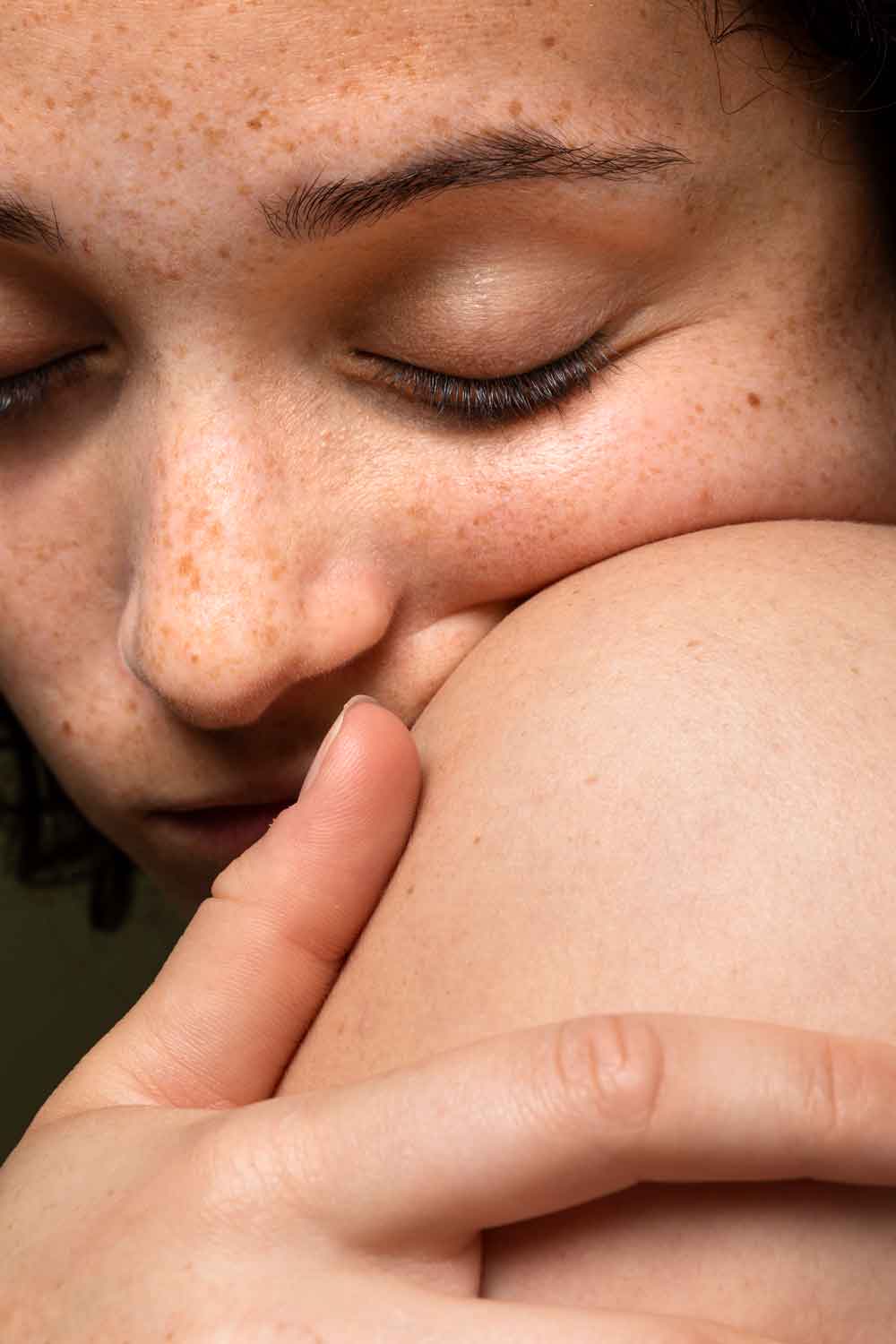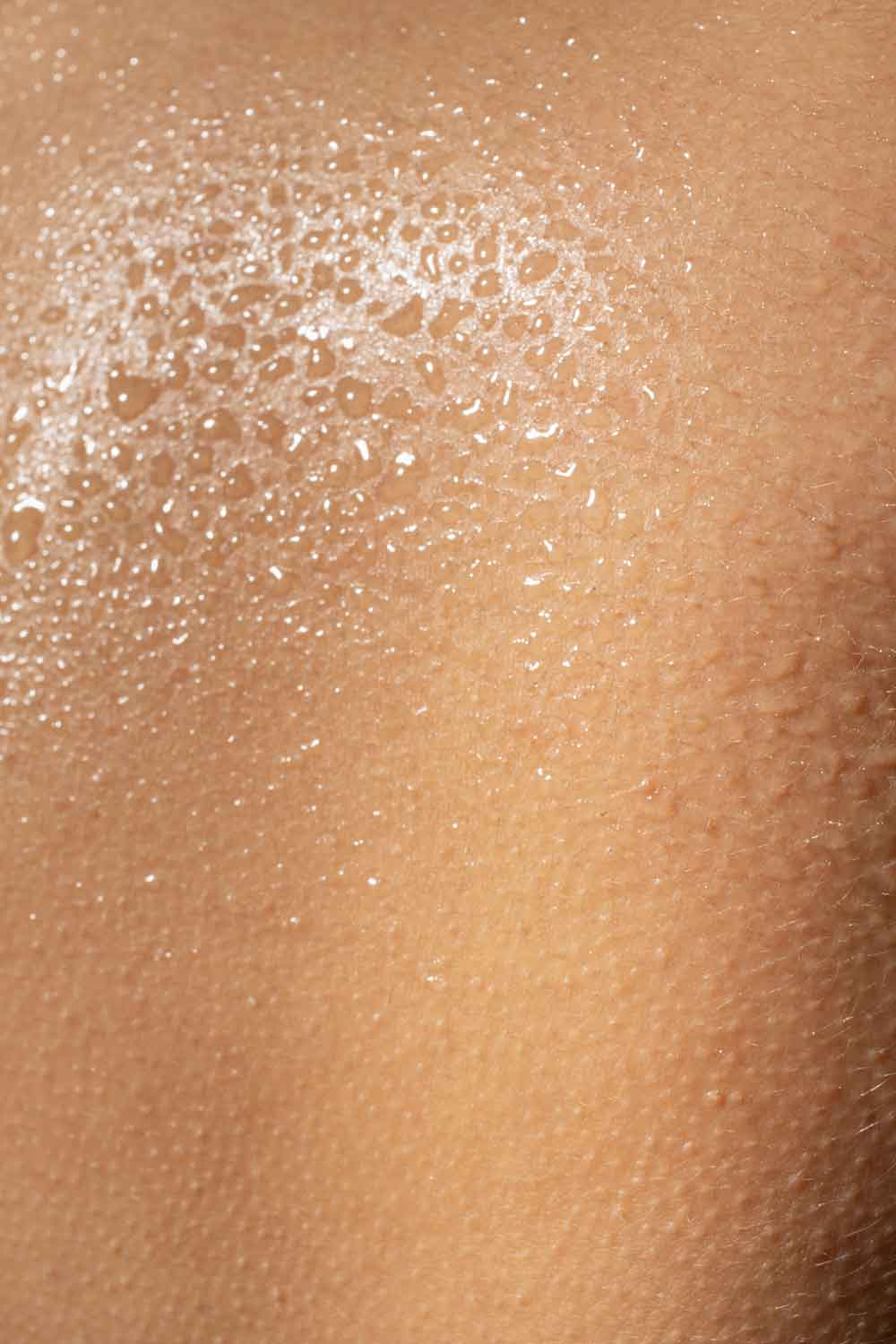Did you know that the skin on your body isn't the same everywhere? Different areas have different needs and characteristics. Understanding these variations can help you tailor your skincare routine for healthier, more radiant skin.
Facial Skin:
The skin on your face is thinner and more sensitive than other parts of your body. It also has a higher density of oil glands, making it prone to acne and other conditions. Facial skin can vary from oily to dry and is more exposed to environmental factors like sun and pollution.
Care Tips:
- Use gentle cleansers and moisturizers suited to your skin type.
- Apply sunscreen daily to protect against UV damage.
- Incorporate targeted treatments for specific concerns like acne, dryness, or wrinkles.
Scalp Skin:
Often overlooked, the scalp has a unique composition with numerous hair follicles and oil glands. It can be prone to conditions like dandruff, psoriasis, and seborrheic dermatitis.
Care Tips:
- Use a mild shampoo and conditioner that suits your hair type.
- Exfoliate the scalp occasionally to remove dead skin cells.
- Avoid harsh treatments that can irritate the scalp.
Neck and Chest Skin:
The skin on the neck and chest is similar to facial skin but slightly thicker. It's also sensitive and prone to signs of aging like wrinkles and sunspots.
Care Tips:
- Extend your facial skincare routine to your neck and chest.
- Use anti-aging products to help maintain firmness and elasticity.
- Protect these areas with sunscreen.
Hand Skin:
Hands are frequently exposed to water, chemicals, and the environment, making them prone to dryness and aging. The skin here is thicker but can lose moisture quickly.
Care Tips:
- Moisturize hands regularly, especially after washing.
- Use a hand cream with SPF to prevent sun damage.
- Wear gloves when using harsh chemicals or in cold weather.
Arm and Leg Skin:
The skin on your arms and legs is thicker and less sensitive but can become dry, especially in colder climates. It can also be prone to conditions like keratosis pilaris (small bumps).
Care Tips:
- Exfoliate regularly to remove dead skin cells and smooth rough patches.
- Use a rich moisturizer to keep skin hydrated.
- Apply sunscreen, especially if you'll be exposed to the sun for extended periods.
Foot Skin:
Feet have the thickest skin on the body, especially on the soles. This skin is prone to dryness, calluses and cracks due to constant pressure and friction.
Care Tips:
- Keep feet clean and dry to prevent fungal infections.
- Moisturize daily, focusing on the heels and soles.
- Use a pumice stone or foot file to gently remove calluses.
Understanding the different types of skin on your body can help you create a more effective and comprehensive skincare routine. By addressing the unique needs of each area, you can achieve healthier, more beautiful skin from head to toe.



